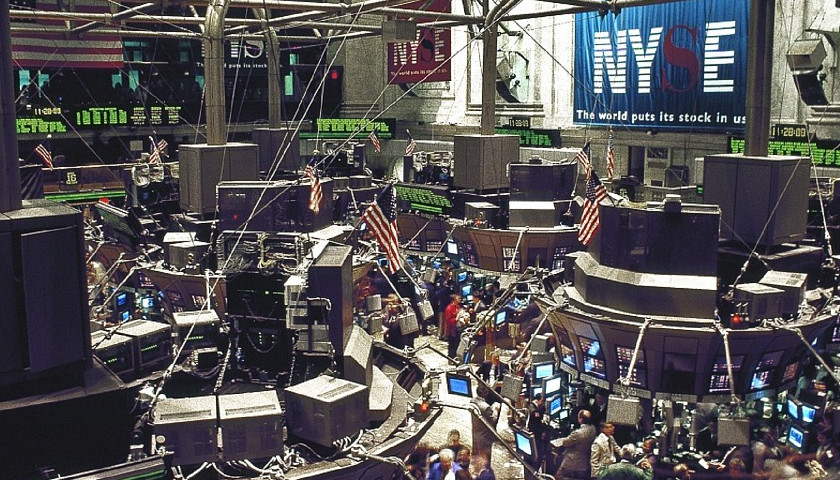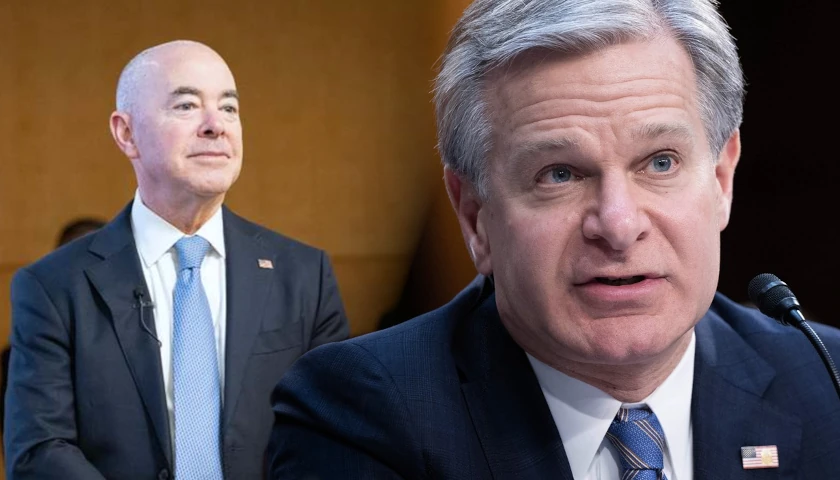by Peter C. Earle
As the financial news networks have reported, the yield curve on government securities has inverted. When the yield curve inverts, which is to say when short maturity bonds yield higher than longer maturity bonds, there is a general view that a recession in the next 12 – 24 months becomes more likely.
It is, in any case, an unusual situation, and one that garners attention from macroeconomists and financial market participants alike.
In fact, going back to 1960, inversions of the yield curve have occurred nine times, with two not preceding a recession. The average length of time between inversion and a recession when one did occur is 14 months.
The financial market mechanism behind an inversion is that bond traders (and investors, more broadly) observe that they require a higher premium on shorter-term debt than longer-term debt. This is unusual, of course, because typically holders of debt require compensation commensurate with the risk they incur; a longer holding period for an investment necessarily means more exposure to risk, and thus requires higher compensation.
An inverted curve, therefore, initially suggests that some market participants view near-term risk as decidedly higher than longer-term risk, which is priced into the yield curve.
A better interpretation of the significance of a change in the shape of the yield curve and what it predicts owes to the collective effect of expectations about future income and consumption.
In an ideal case, when individuals expect their income to rise in the future, they are likely to consume today, borrowing more or saving less; in either case, current consumption will rise, saving will fall, and interest rates will tend to rise. Firms, meanwhile, will see the increase in consumption, likely choose to expand their productive capacity with capital spending to meet that increase in consumption and will compete for financing, pushing interest rates up as well.
In fact, though, economies tend to grow and shrink cyclically with the business cycle, a major influence upon which are the policy implementations of central banks. Depending upon the pace of economic growth at any given moment, negative shocks to the economy (endogenous or exogenous) may either have little effect or result in a recession.
Thus, the inversion of the yield curve may simply reflect views that in the next 12 to 24 months consumption growth may fall. And in the event that the pace of consumption falls, a negative shock of some sort – financial crisis, rapidly rising oil prices, a sudden (and unexpected) change in Federal Reserve policy – would have a disproportionately larger impact than when that pace is higher.
Other factors impacting the predictive character of an inverted yield curve are the shape (e.g., the flatness/steepness) of the curve and where – in terms of the maturities along the curve – the inversion is actually taking place.
The current inversion is between the rate on the three-month bill versus the yield on the ten-year note, which is slightly different than in previous inverted curves: typically, between yields on the two-month bill and ten-year notes. One possible explanation is that there was an auction of two-month bills by the Department of the Treasury yesterday which was met by strong demand; since yields and bond prices move oppositely, the buying pressure (pushing up on the two-year bill prices) may have effectively pushed its yield down, resulting in the somewhat anomalous character of this particular inversion.
Because the Federal Reserve has been raising rates and is usually raising the Fed Funds rate during the late phase of an economic expansion, inversions of the yield curve are often preceded by flat curves. In this case, the Fed was in the midst of a tightening campaign until backing off in January, and the yield had indeed been flattening accordingly for some time before the inversion.
Two things to keep in mind: having, as we do, a business cycle arising to no small extent out of the policies of the Federal Reserve, recessions are inevitable; as the saying goes, an economic downturn is not so much an “if” as a “when” (and, perhaps, “how bad for how long”). It might as accurately be said that recessions predict inverted yield curves.
Additionally, both markets and market participants evolve over time; the Principle of Everchanging Cycles ensures that whether in discrete jumps or incrementally, relationships between macroeconomic indicators and phenomena will change over time.
A more pressing issue is: if indeed, using historical averages, a recession is 12 to 18 months away, will the Fed again respond by cutting rates to zero or near zero, having not successfully normalized interest rates (6 to 8%) during this inter-recession growth period? And if that is the case: how many more distorted economic signals will be added to those still hungover from the previous decade of effectively zero interest rates?
– – –
Peter C. Earle is an economist and writer who joined AIER in 2018 and prior to that spent over 20 years as a trader and analyst in global financial markets on Wall Street. His research focuses on financial markets, monetary issues, and economic history. He has been quoted in the Wall Street Journal, Reuters, NPR, and in numerous other publications. Pete holds an MA in Applied Economics from American University, an MBA (Finance), and a BS in Engineering from the United States Military Academy at West Point.




